Eisner
Image: Disney
Unfortunately, The Island at the Top of the World wasn’t Disney’s only critical and box office failure in the 1970s and ‘80s. For a time, the company’s cinematic future truly looked bleak. Year after year, The Black Hole, The Watcher in the Woods, Return to Oz, Condorman, and The Black Cauldron failed to make an impression on critics or on the box office – or worse, made the wrong impression. While it’s hard to imagine now, it seemed that The Walt Disney Company might be doomed.
The all-important test of what the company would do without Walt at the helm seemed to have been failed. Disney endured a number of takeover attempts as its fortunes turned, and Disney’s once-golden name was beginning to rust.
That’s when we arrive at a pivot point that shows up in many of our Lost Legends features (and, to be fair, our Disaster Files stories, too): the arrival of Michael Eisner.
Image: Disney
And yes, Michael Eisner’s tenure at Disney is riddled with controversy, and his later time at the company eternally tied his legacy to cost-cutting, burnt-out lightbulbs, demolished classics despite guest outcry, box office bombs, and putting penny-pinching executives into positions that crippled the parks for decades. And it’s true that Eisner’s term was ended by a much-publicized “Save Disney” campaign led by Walt’s nephew Roy E. Disney that successfully convinced Eisner to resign in such disgrace that he willingly gave up his contractual right to an office at Disney’s headquarters and continued use of a private plane.
But what we often forget is that when Eisner joined Disney in 1984, he was the breath of fresh air that the company needed. Eisner had just left his post as CEO of Paramount Pictures, and thus had a keen understanding of the film industry. It was under Eisner’s guidance that Disney turned around its animation and movie studio and began to churn out hit after hit after hit from Oliver and Company to Who Framed Roger Rabbit. It was also Eisner’s coup that Disney returned to its fantasy roots and kicked off what’s often known as the Disney Renaissance, starting with The Little Mermaid and moving through Aladdin, Beauty and the Beast, The Lion King, Pocahontas, The Hunchback of Notre Dame, Hercules, Mulan, and Tarzan, all the while joined by Pixar’s Toy Story, A Bug’s Life, and Monster’s Inc.
Meanwhile, at Imagineering
But it wasn’t just the company’s ailing film industry that Eisner was set to revive.
The story goes that soon after taking his new role at Disney in 1984, Eisner was excited to visit Disneyland and see what the park had to offer. He invited his pre-teen son Breck along, but Breck rolled his eyes and insisted to his dad that Disneyland was just for little kids. Eisner was horrified by the idea that young adults might rebuke Disneyland and made it his personal mission to make sure the theme parks were relevant and attractive to every member of the family… even teens.
Image: Disney
That’s why Eisner took a great interest in Imagineering and planned a trip to their model shop to see what Disney’s designers had developed. Eisner admitted that this was the element of Disney he knew the least about, and he was eager to learn more. Of course, the Imagineers were floored that Eisner would bother to show an interest in what they were working on. But even more importantly, new leadership meant that old, forgotten ideas had a second chance at life.
Knowing that this was their chance to woo the new CEO, Imagineers brought models, mock-ups, and sketches of once-rejected concepts back from the warehouse where they’d been abandoned and cleaned them up to make them look like they were current projects. Eisner, they hoped, would see the merit in the concepts that former leadership had axed and green light these forgotten passion projects!
This legendary tour of Imagineering is said to be the day when Eisner green lit projects left and right, leading to a boom of building at the parks.
Image: Disney
(Famously, as Imagineers crowded around the old Discovery Bay model and made an impassioned plea to Eisner to finally fund it, Breck wandered off and found a model in the corner of another Tony Baxter project: Zip-a-Dee River Run. Breck was infatuated with it and, when asked by his father, said that this flume ride designed for Disneyland’s Bear Country looked like it would be the most fun to ride of all the models there. Five years, a name change, and nearly $100 million later, Splash Mountain was born. Just that easy!)
Eisner’s goal was simple: Disney theme parks needed to be infused with rides and attractions that would be new, fresh, and thrilling. He wanted to change the parks from relics of Walt Disney’s time to destinations packed with current properties and attractions that could bring in families – even families with pre-teens and teenagers!
But how to do it? While Eisner’s cinematic résumé would breathe new life into the company’s studios, he imagined that it could also reinvigorate the theme parks… The formula was simple but unprecedented: he intended to turn Disney theme parks into places where guests could “ride the movies!” Even more controversial, he didn’t necessarily believe that they needed to be Disney movies.
Hip-and-Happening
Imagineers explained to Eisner that they were on board with the idea of modernizing Disney’s theme parks with the stories, characters, and settings that resonated with modern audiences. They, too, wanted to super-charge Disneyland and make it relevant to everyone – even teens! There was one problem: the massive Splash-Mountain-scale projects Eisner had seen at Imagineering would be years and years away from becoming realities. If Eisner wanted to hasten the transformation from Walt’s storied, traditional parks into cutting edge destinations, he needed something that could come online as soon as possible.
Image: Disney
At once, Eisner greenlit a simple transformation that would transform Disneyland’s remote Fantasyland Theater venue into Videopolis, a trendy “teenage video dance club.” Just 105 days after its design began, the $3 million project opened in June 1985, with a 5,000 square foot dance floor alight with a custom lighting package, 70 television monitors, and two cutting-edge 12-by-16 foot video screens showing the revolutionary music videos of the era. The fusion of Disney and MTV must’ve seemed unthinkable to the generation who’d grown up with Walt’s park, but it signaled a shift that would last. Put simply, this wasn’t your grandfather’s Disneyland anymore.
This was the key to making Disneyland relevant again, and Eisner thirsted for another quick fix that could bridge the gap to larger projects. Of course, one man reigned over the top-40 lineup in Videopolis: the unchallenged King of Pop had redefined music videos as an art form with 1983’s Thriller, and Eisner happened to know that Michael Jackson was a devoted lifelong fan of Disneyland. (So much so that he’d create his own theme park at Neverland Ranch, including a replica of Disneyland’s Main Street Station and Railroad.)
Image: Disney
Eisner invited Michael Jackson out to Imagineering and proposed something radical: a custom, big-screen music video to populate the new, cutting edge 3D theater under construction in Tomorrowland. Jackson was on board with one condition: he wanted a reputable filmmaker attached… someone like Steven Spielberg or George Lucas.
Eisner must’ve breathed a sigh of relief at the latter suggestion… As luck would have it, Eisner had been the one as CEO of Paramount to green light George Lucas’ Raiders of the Lost Ark, and Lucas was as much a fan of Disneyland as Michael Jackson was. It was all coming together. If Eisner could convince George Lucas to join Disney’s newest push to modernize the parks, he could secure both the immediate gratification of a Michael Jackson attraction and access to George Lucas’ growing library of box office gold.
Stars Aligned
Image: 20th Century Fox / Lucasfilm
George Lucas, the creative force behind Star Wars and Indiana Jones, was eager to partner with Disney (a collaboration that had been in the initial stages even years before under former CEO Ron Miller with Tony Baxter at his side). Lucas had ambitious plans for what the Disney partnership could evolve into, and how the intellectual properties controlled by Lucasfilm (and largely distributed by 20th Century Fox and Paramount) could become anchors of Disney’s parks.
For one thing, Lucas envisioned a roller coaster based on Star Wars to fit into Tomorrowland: an epic, indoor, dueling coaster where riders on board would choose either the Light Side or the Dark Side of the Force, encountering characters along the way as they clashed. Problem was, a project of this size and scale would be another on Disney’s “five year” list, and that didn’t help solve Eisner’s problem.
Tony Baxter came to bat with a brilliant idea to recycle a forgotten concept: even if his plans for Discovery Bay had been sunk a decade earlier, technology had finally made its planned star – the Nemo's Adventure simulator – into a practical possibily. This could be the key: a simulator ride could be assembled in no time, and might just be the perfect way to bring Star Wars to life.
Image: Disney
All in one visit, George Lucas signed on to produce Michael Jackson’s Captain EO (even bringing along famed director and mentor Francis Ford Coppola) and signed on to a simulator-based attraction for Disney theme parks based on Star Wars.
Now all they needed was a concept.
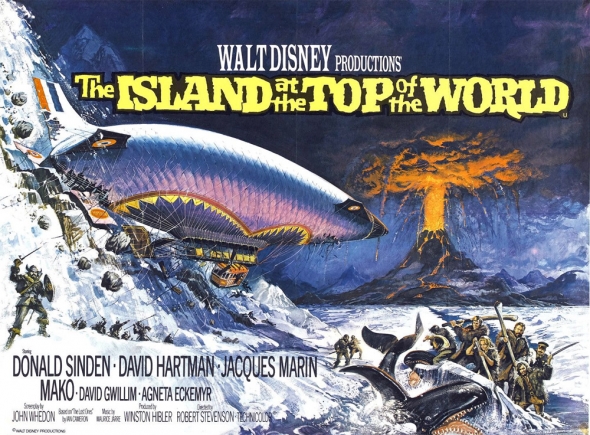
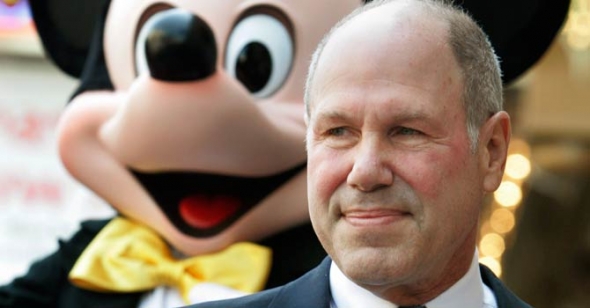
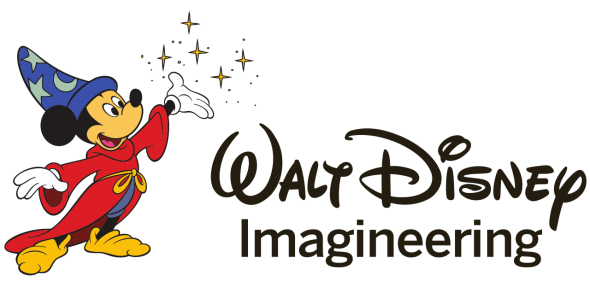
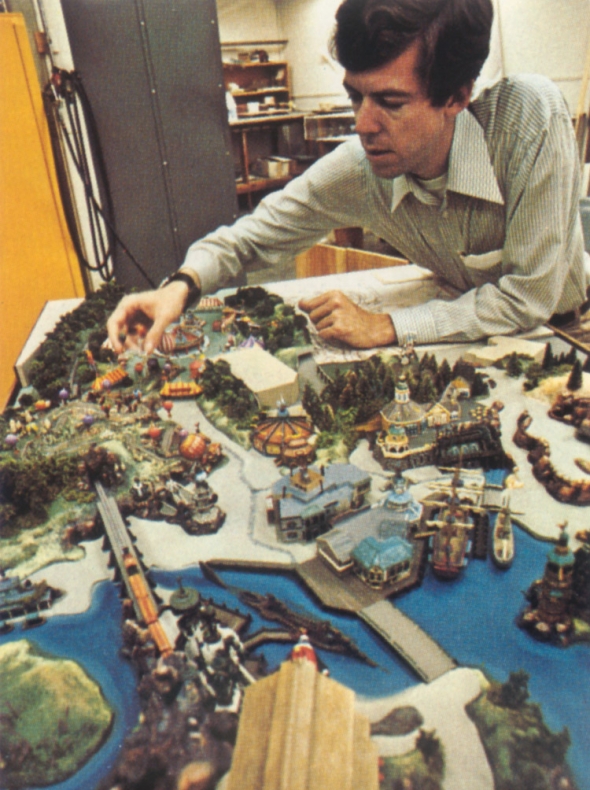
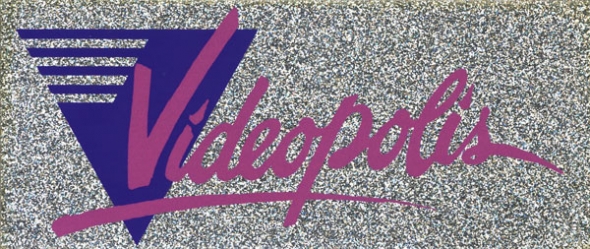
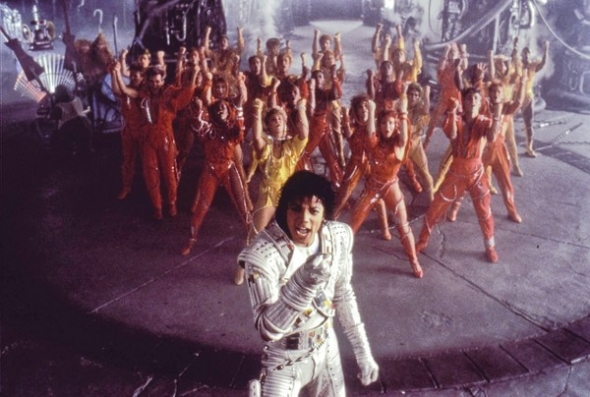
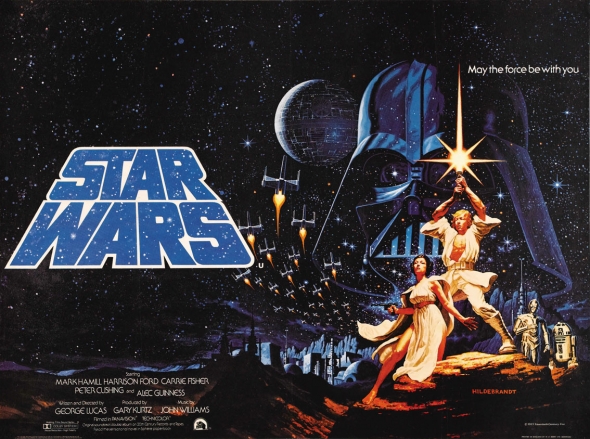
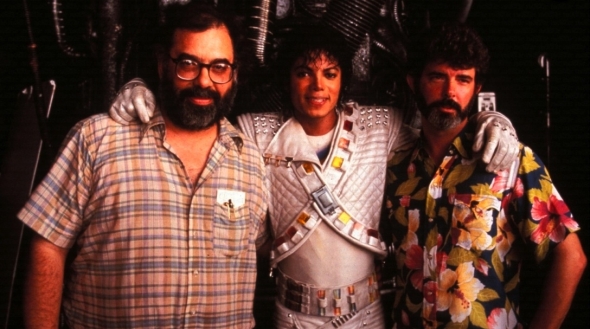

Comments
You're wrong about Avatar and you'll realize how Avatar is remembered worldwide when the sequel releases in December 2022. The mediocre SW sequel trilogy will be totally forgotten by then.
Never rode the ride before but we are visiting the parks in June for the first time. This ride looks really promising and this article was very interesting. It was great learning about the history of this ride!
Fun little article. Only correction is C3PO is the Pilot not R2D2. :)